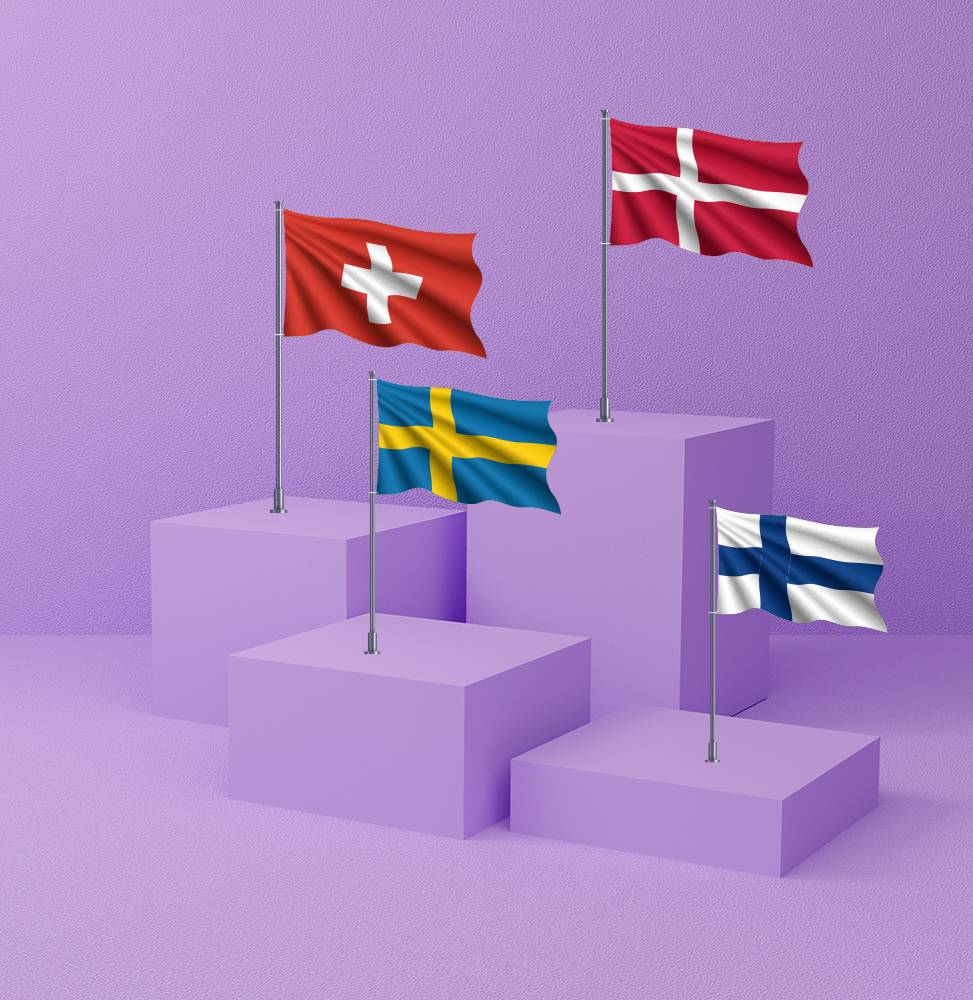Give it a try. Choose the report you prefer, look at the year you want, and see which countries are the best to live in or who tops the ranking of the countries with the best quality of life in Europe. Denmark, Switzerland, Sweden, Finland… the Scandinavian countries tend to top the rankings in terms of Work-Life Balance. Sometimes the Danes rank higher than the Swedes, or the Finns slip in between, but their dominance is overwhelming. And neither is an economic or military superpower, nor do they have much geopolitical clout. On the contrary, Spain, Italy, Portugal and Greece are several steps down.
But if the pattern has been repeating itself for so many years, why don’t the caboose countries take note and copy what their neighbours do so well until they knock them off the podium? Therein lies the key to failure. Not everything depends on the measures to be implemented. Nor does it depend on compacting the working day, deciding on parental leave, or changing taxation.
Obviously, any benefit in each of these areas helps to move towards a balance between personal and professional life, which is influenced by factors such as the average number of hours worked per day, the time dedicated to leisure or the total number of public holidays per year. But the crux of the matter is not in the laws passed by governments, nor in the measures taken by companies. It’s all about oneself.
How does individual responsibility affect the best countries to live in?
Individual responsibility is one of the hallmarks of Nordic societies. It ensures the development of Work-Life Balance by harmonising the distribution of efforts based on needs and not on whims or fashions.
Measures should not be copied from one system to another, but rather the model. And that, outside Scandinavia, means changing the system. Only in countries where the level of honesty is measured in terms of lost wallets returned by their inhabitants can this unwritten rule of ‘We won’t say what has to be done by whom, but let everyone decide’ be applied. And how does this work?

